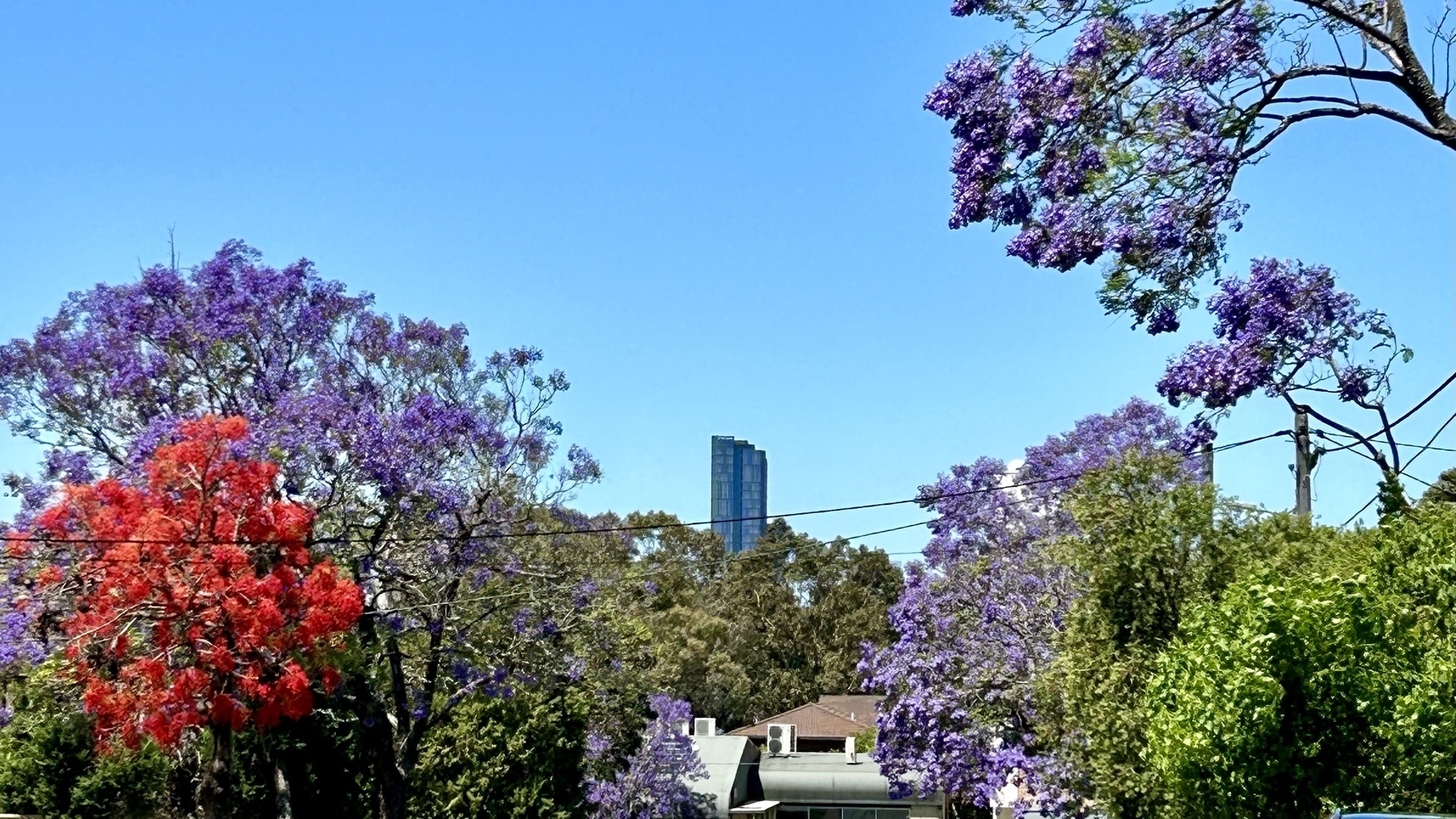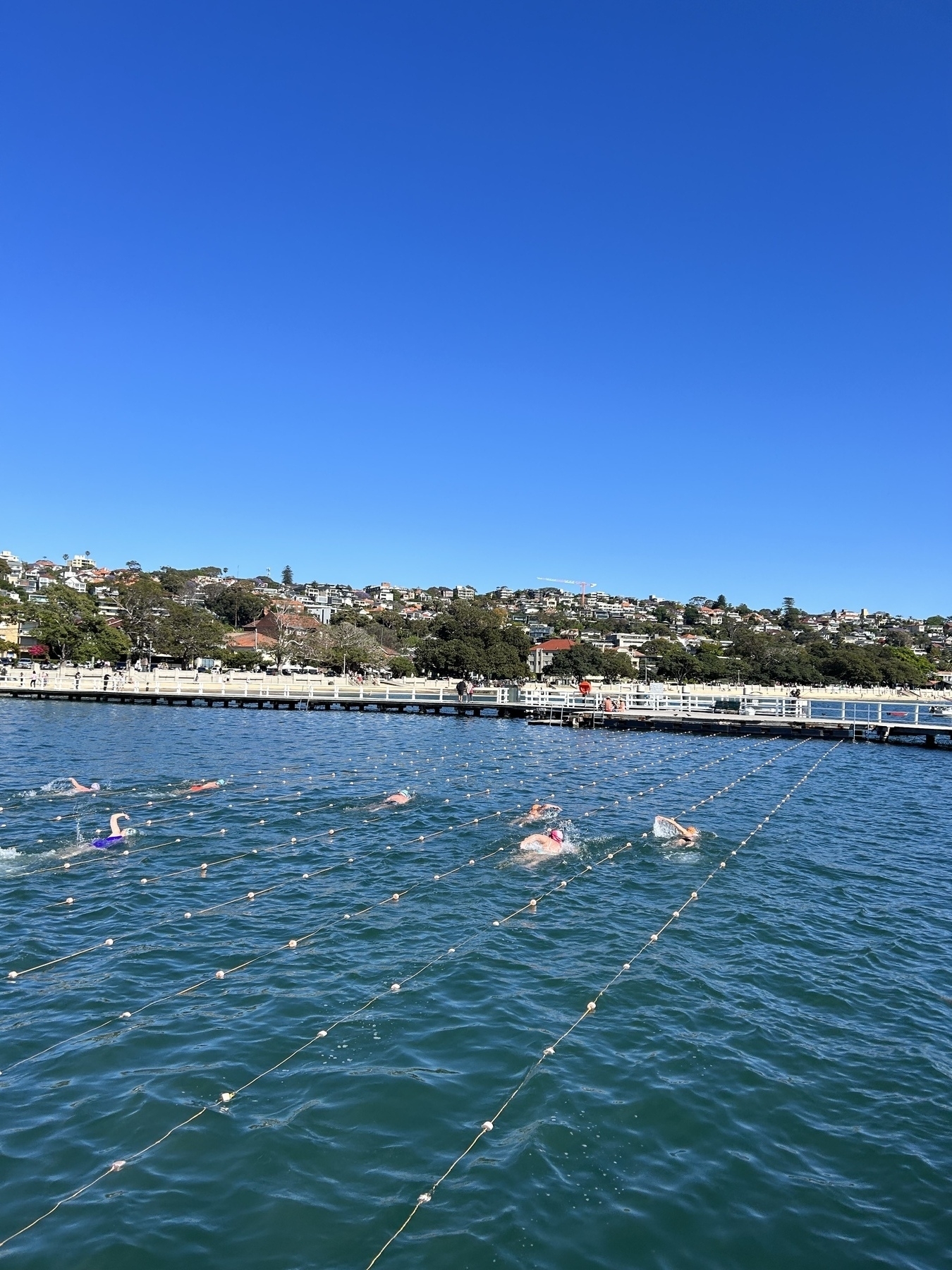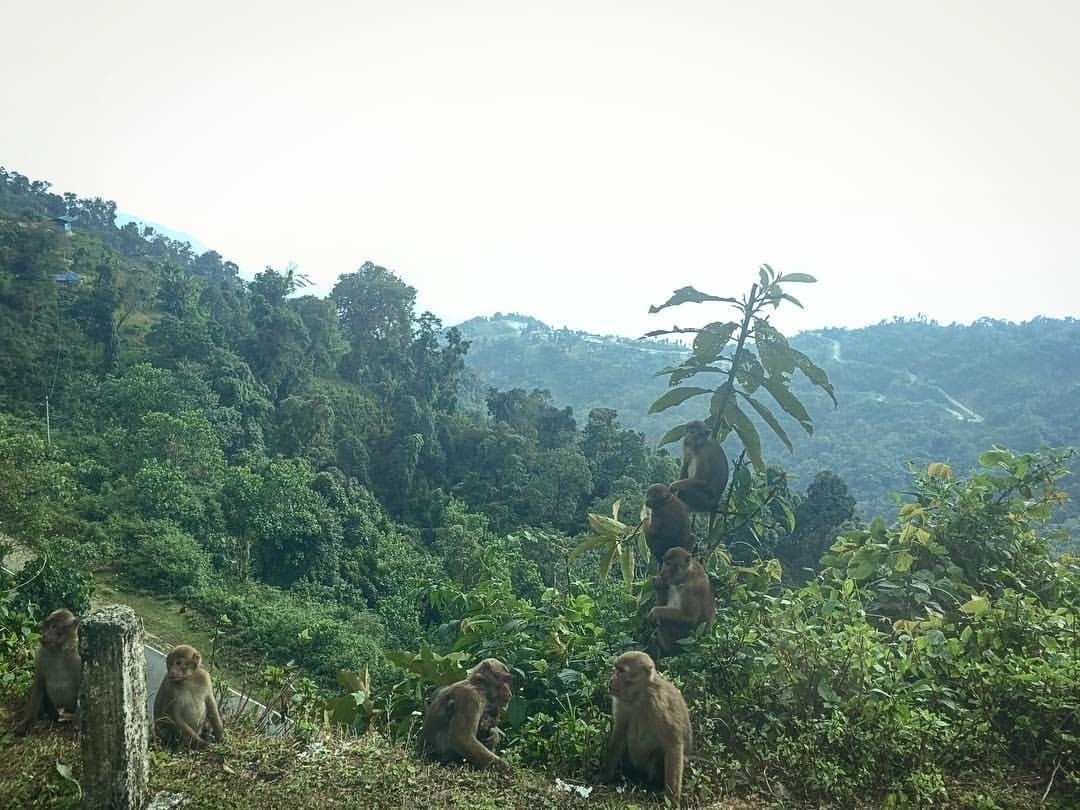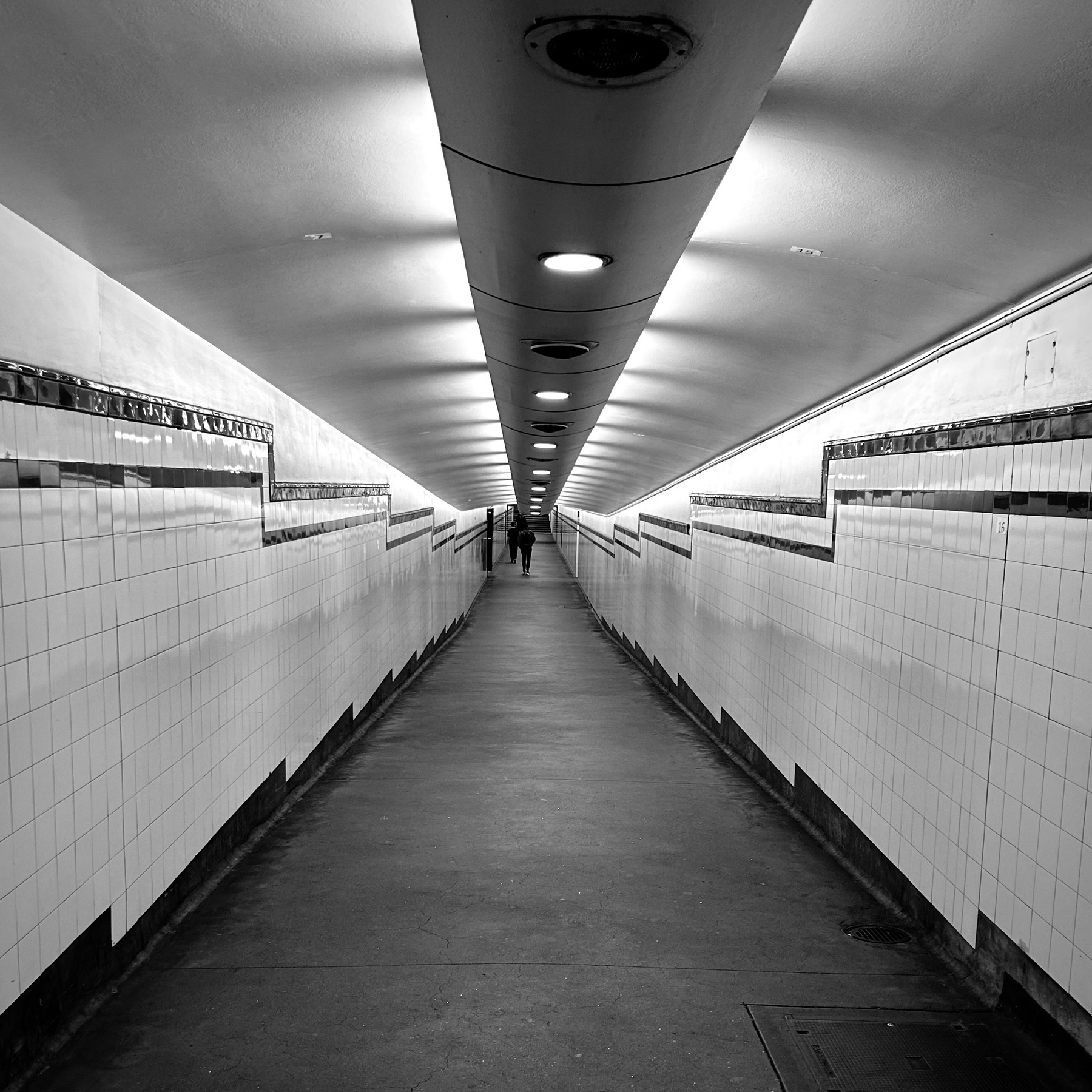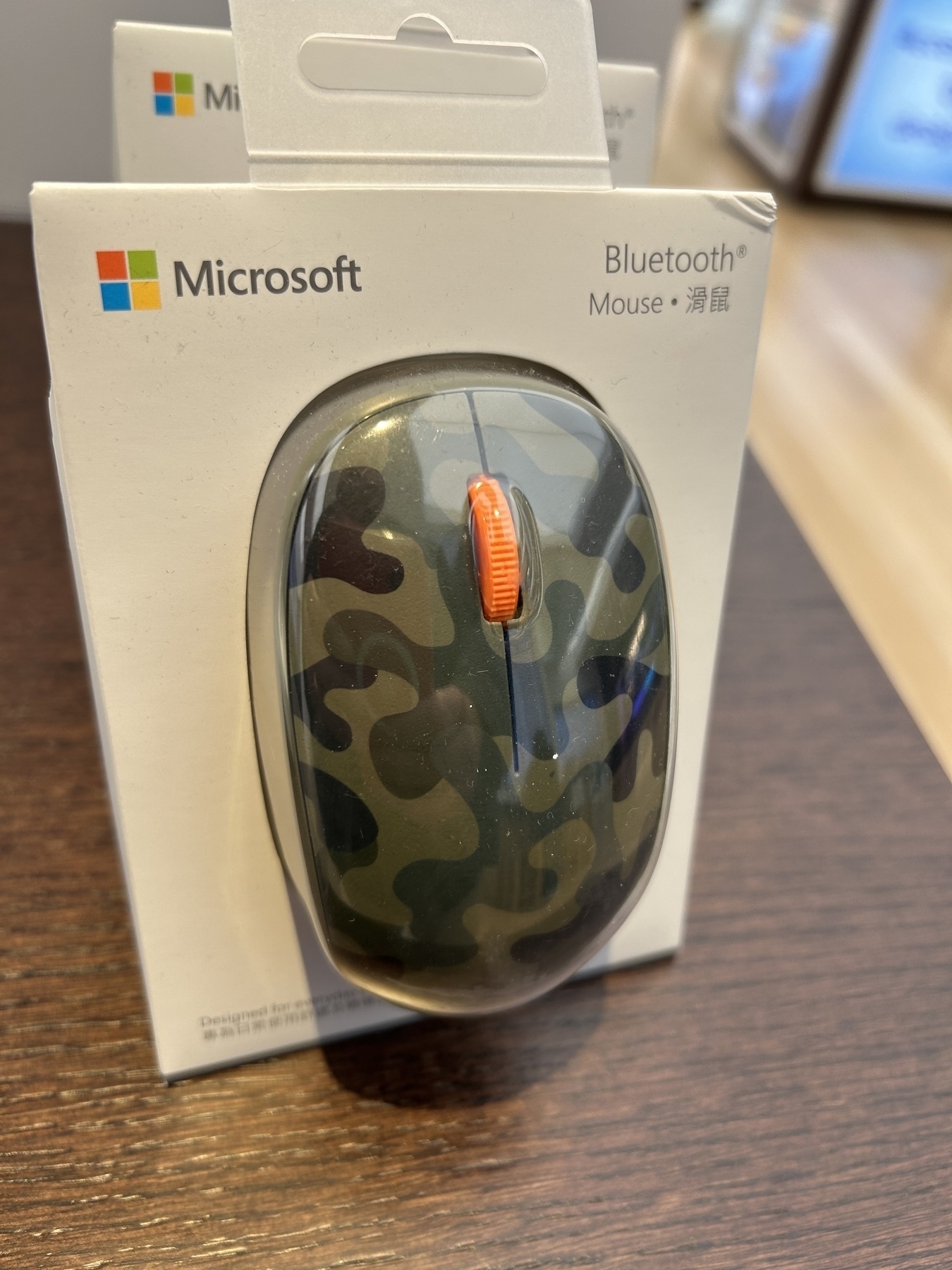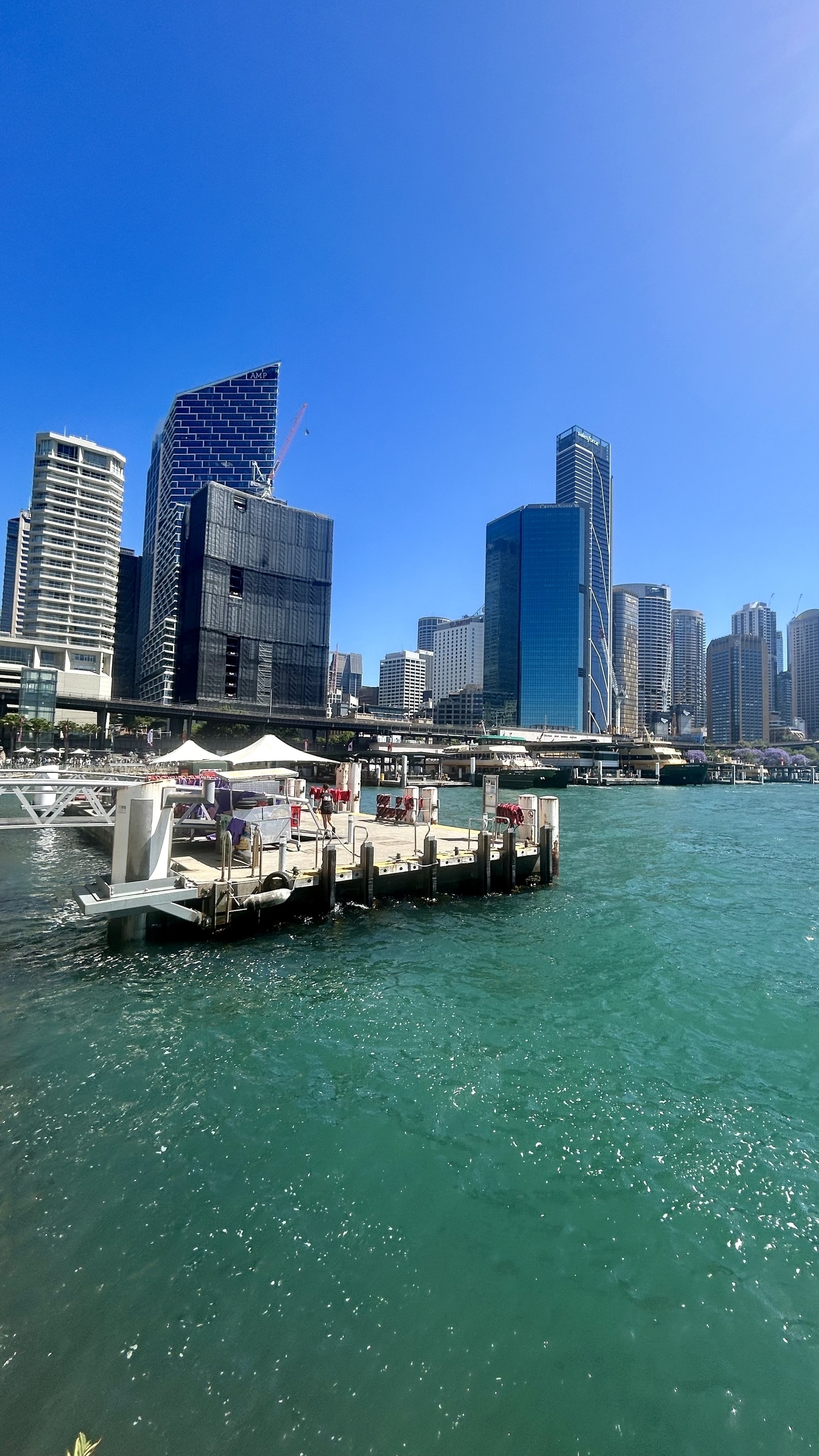When climate adaptation exacerbates the problems
Maladaptation is usually understood as referring to the unintended consequences of well-meant measures to reduce climate vulnerability. But it also includes the fallout from decisions that favour technical fixes over more holistic approaches.
Climate adaptation is not a neutral or apolitical process. It can perpetuate problematic approaches, including colonial land practices and the exclusion of Indigenous voices. This can create tenuous resource distribution, erode democratic governance and compromise Indigenous sovereignty, exacerbating vulnerabilities. It can also subvert community-driven bottom-up adaptation, instead focusing on national agendas caught up in international politics.
Useful points in this Conversation article by Ritodhi Chakraborty and Claire Burgess:
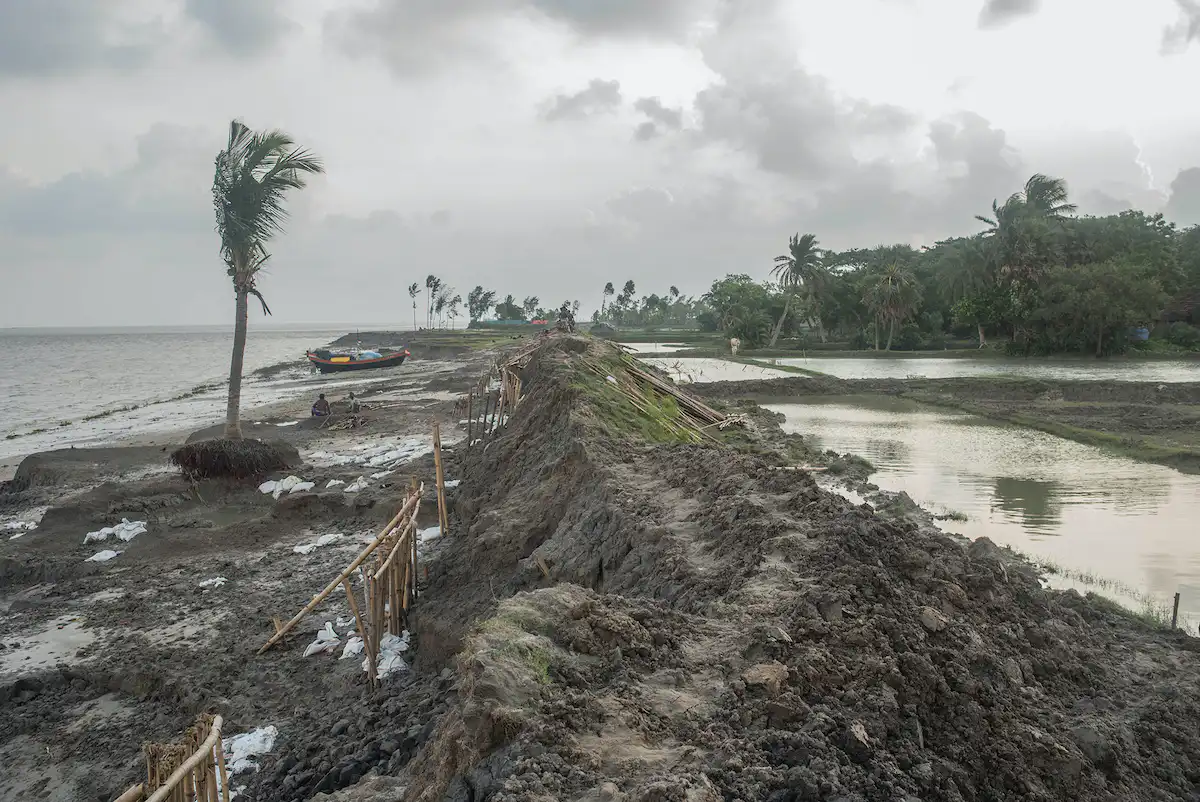
The standard research approach to disasters is not directly relevant to pandemics and many of the future disasters we face
It is questionable that the notion of the naturally well, (auto)regulating disaster subject applies to the Covid-19 pandemic. What is more: This notion contributed to the hegemonic formation of the resilience paradigm, which has served beyond the disaster research field as a legitimation of neoliberalism’s reduction of governmental support and the imposition of self-reliance. The radicalization of the racial capitalist, “economization of life”8 that neoliberal programs have fostered across the globe has been directly responsible for the immense death toll of Covid-19 and it serves as both a structural and a cultural obstacle to the type of (global) solidarity that is indispensable for dealing with this pandemic. The privatization of public health and the dismantling of social safety nets left public institutions unable to cope with the virus and forced people to expose themselves to it as they had to keep working in order not to go hungry. Moreover, in many countries, the ideology informing the management of the pandemic was one that prioritized saving “the economy” over saving the lives of those perceived as disposable (for not being beneficial to said “economy”).
In the past few years, the resilience paradigm has been increasingly challenged in disaster studies—though its use continues to be popular. But another framework for interpreting disaster that was promoted by Cold War disaster research seems to be largely uncontroversial: The characterization of disaster as revelation. The idea that a disaster would reveal hidden truths about humans and how they live in the present can be traced back to premodern times. During the twentieth century, it became pivotal for ascribing disaster predictive faculties with respect to the future.9 Cold War disaster researchers contributed to backing up the idea of the revealing nature of disaster scientifically. Borrowing from the language of the natural sciences and thus increasing the scientificity of their claims—they described it as an “equivalent of an engineering experiment,” or a real-world “laboratory” in which the underlying structures and “patterns” of societies would become observable.
"Action as a citizen [on climate change] is far more powerful than action as a consumer"
Luke Kemp on bad-to-worst clikate scenarios:
“you develop a certain kind of emotional distance from the problem. And I find, personally, that, like all humans, risks seem much worse and disasters are much worse, when they have a human face on them. I find it much more difficult to read about things like genocide, political violence, and gendered violence, for instance, than I do when I think about 6 degrees of warming—even though 6 degrees, just in the sheer number of fatalities and the sheer number of suffering, could be far, far worse. But it lacks that human element to clearly connect with”
Dr. Doom on the Hottest Summer (So Far) - Nautilus via Arthur Charpentier
Dialogue and friendship in Jaffa in a time of war
People say to me, ‘You have to be realistic, you’re dreaming of peace, and you’re dreaming of collaboration between Arabs and Jews, but you’re not realistic,’” she said while slapping a sticker on a lamppost. “People just lost faith.”
The night’s ringleader is Yeheli Cialic, 23, a Jewish Israeli who grew up in a “mainstream family” but now describes himself as a communist and an “anti-Zionist.” He says helping Arabs negotiate the institutionalized prejudice they face in Israel is the civil guard’s priority.
This feeling of anti-Arab discrimination has only grown under the successive governments of Prime Minister Benjamin Netanyahu. And since the attacks, advocacy groups say Israeli authorities have eroded free speech by treating many expressions of Palestinian solidarity as incitement…
The crew is mostly young. Among them is Amit Okin, 23, who ran away from his yeshiva and his increasingly religious family to become a self-described anarchist with safety pins in his ears and a half-shaved head.
“I didn’t understand it, I didn’t understand why we can’t love everybody,” he says, unnecessarily apologizing for his almost-perfect English. “We are always told that they hate us, so we need to hate them. I always felt something was wrong there.”
The African workers taking on Big Tech's shameful outsourced content moderation practices
The human toll of moderation of staggering - and almost all hidden so the brushed metal psychopaths of the tech industry can continue to deny their products' massive negative human toll.
Foxglove, the nonprofit supporting the moderators’ legal challenge against Meta, writes that the outcome of the case could disrupt the global content moderation outsourcing model. If the court finds that Meta is the “‘true employer’ of their content moderators in the eyes of the law,” Foxglove argues, “then they cannot hide behind middlemen like Sama or Majorel. It will be their responsibility, at last, to value and protect the workers who protect social media — and who have made tech executives their billions.”
Silicon Savanna: The workers taking on Africa’s digital sweatshops - .coda
Arundhati Roy's scathing appraisal of India's descent into fascism under Modi
The banality of evil, the normalization of evil, is now manifest in our streets, in our classrooms, in very many public spaces. The mainstream press, the hundreds of 24-hour news channels, have been harnessed to the cause of fascist majoritarianism. India’s constitution has been effectively set aside. The Indian Penal Code is being rewritten. If the current regime wins a majority in 2024, it is very likely that we will see a new constitution.
They would have known that, at the same time they were feting Modi, Muslims were fleeing a small town in Uttarakhand in northern India after Hindu extremists affiliated with the BJP marked x’s on their doors and told them to leave. There is open talk of a “Muslim-free” Uttarakhand. They would have known that, under Modi’s watch, the state of Manipur in India’s northeast has descended into a barbaric civil war. A form of ethnic cleansing has taken place. The Centre is complicit; the state government is partisan; the security forces are split between the police and others with no chain of command. The internet has been cut. News takes weeks to filter out.
You Mustn’t Pretend You Didn’t Know - The Los Angeles Review of Books
"Academics need to think harder about the purpose of their disciplines and whether some of those should come to an end"
We believe the time has come for scholars across fields to reorient their work around the question of ‘ends’. This need not mean acquiescence to the logics of either economic utilitarianism or partisan fealty that have already proved so damaging to 21st-century institutions. But avoiding the question will not solve the problem. If we want the university to remain a viable space for knowledge production, then scholars across disciplines must be able to identify the goal of their work – in part to advance the Enlightenment project of ‘useful knowledge’ and in part to defend themselves from public and political mischaracterisation.
New Zealand city terrorised by Céline Dion ‘speaker battles’ 📢
A small city in New Zealand plagued by “siren battles” – cars decked out in loudspeakers commonly used in emergency warning systems and often blaring Céline Dion hits – is calling on authorities to step in and end the noise.
The battles are part of a New Zealand subculture where music enthusiasts cover their cars in up to dozens of industrial speakers, loudhailers and sirens, then compete to have the loudest and clearest sounds.
Siren kings: New Zealand city terrorised by Céline Dion ‘speaker battles’

I’ve seen some sick stuff online but… “Lately I’ve met adolescents — some who don’t yet meet the platform’s minimum-age requirement of 16 — who say LinkedIn is their happy place."
The heart of the nation is still here. It always was and it always will be, waiting to be recognised by our fellow Australians.
In 2017, we were almost 4 per cent of the population calling for Voice, Treaty and Truth-Telling. As of Saturday, we are nearly 40 per cent, walking together. Almost seven million Australians voted “Yes”. Both major parties would kill for a first preference vote like that.
Probably the most important analysis from the referendum was that polling booths in predominantly Indigenous communities across the entirety of the country overwhelmingly voted “Yes”. We have thoroughly established that this is fact: a great majority of Indigenous people support constitutional recognition through a Voice to Parliament. We seek self-determination over who speaks for us. Claims otherwise are an incontrovertible lie.
Robot Teachers, Racist Algorithms, and Disaster Pedagogy
I tweeted in response to the homework algorithm “hack” that if it’s not worth a teacher reading the assignment/assessment, then it’s not worth the student writing it. That robot grading is degrading. I believe that firmly. (Again, think of that Gates grant. Who has a teacher or peer read their paper, and who gets a robot?) Almost a thousand people responded to my tweet, most agreeing with the sentiment. But a few people said that robot grading was fine, particularly for math and that soon enough it would work in the humanities too.
